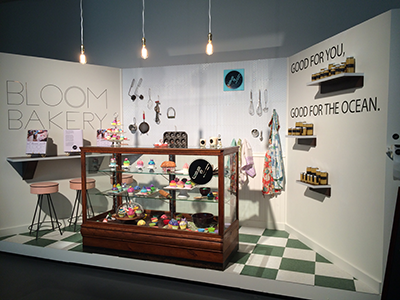(CAMBRIDGE) — A new exhibit supported by Harvard’s Wyss Institute for Biologically Inspired Engineering opened to the public on September 18 at Le Laboratoire Cambridge; "The Trouble with Jellyfish" is an exhibition by artist Mark Dion in collaboration with marine biologist Lisa-ann Gershwin and Wyss Core Faculty member and Le Laboratoire founder David Edwards. It explores how jellyfish affect ocean ecosystems and how we culturally interact with jellyfish in the context of recent rising jellyfish blooms in the world’s oceans.

Instead of looking at jellyfish blooms and thinking that jellyfish are the problem, we can shift our way of thinking to understand that jellyfish are simply "responding to conditions created by the things we as humans do in naivety that make it easier for jellyfish to thrive," said Gershwin.
When fish numbers fall due to human impacts on their ecosystem, Gershwin explained, opportunistic jellyfish feeding on fish larvae and plankton – a main food source for fish – drive down the already declining fish population, compounding that problem and also increasing their own jellyfish population.

Jellyfish blooms can threaten not only other species but also many human industries due to their ability to clog water intakes for desalination plants, ships, and underwater data cooling centers.
The Le Laboratoire Cambridge exhibit, which contains a tank of live jellyfish in partnership with the New England Aquarium, explores the natural beauty of jellyfish, the degrading marine biological changes they indicate and thrive upon, and what humans might do to create a sustainable and healthy ocean ecosystem for the future. It will be open until January 2, 2016.